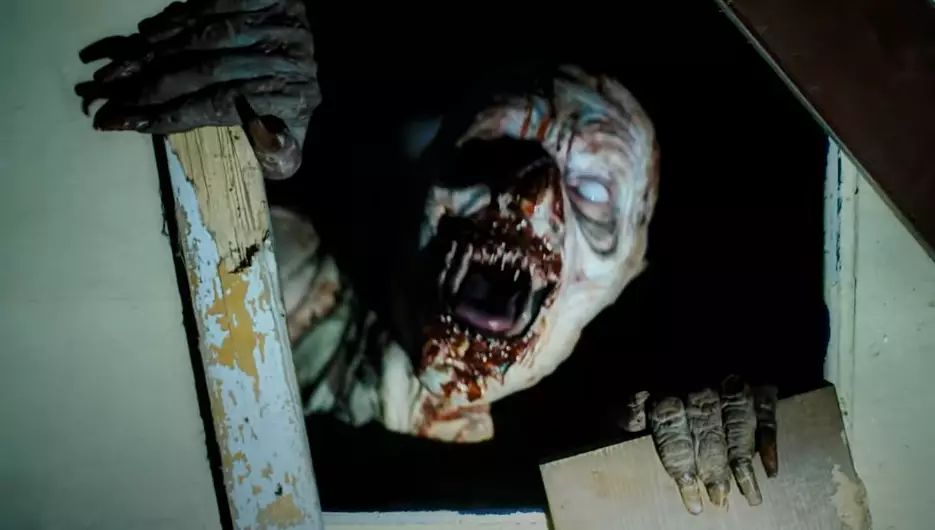In the unpredictable landscape of movie adaptations, director David F. Sandberg has ventured into treacherous waters with his latest project, Until Dawn. Following the critical drubbing of his preceding film, Shazam: Fury of the Gods, Sandberg experienced not only professional disappointment but also personal repercussions, including disturbing death threats. This revelation sheds light on the pressure filmmakers face, especially when adapting beloved franchises. Sandberg’s candid admission about his reluctance to continue in the world of intellectual properties (IPs) underlines a crucial point: engaged fandom can quickly turn toxic in response to perceived failures, tightening the noose around creative freedoms.
Yet, Sandberg rebounded with enthusiasm when he encountered the script for Until Dawn. His playful embrace of the material is evident as he speaks to its allure—the time-loop mechanic that cleverly mirrors the video game experience. As audiences, we often engage with narratives in cycles. This device not only elevates suspense but also deepens viewer investment, allowing for varied outcomes that reflect the players’ choices in the game—a clever touch that succeeds where many adaptations fail.
The Artistic Dilemma of Adaptation
The dance of adaptation is fraught with creative risks. When fans of a franchise decide to scrutinize an adaptation, any deviation from their cherished source material can spark a firestorm of dissent. This is precisely why Sandberg’s decision to craft an original storyline within the Until Dawn universe is commendable. By choosing to sidestep a literal interpretation of the game, he freed himself from the crushing weight of expectations that could have sunk this film.
Sandberg insightfully acknowledges that any attempt to replicate the decision-making of the game’s characters might inevitably disappoint. The passage of time means that even the actors tied to the original game could not have reprised their roles with the same youthful vigor. Instead of falling into the trap of nostalgia, the film opts to forge its own identity, constructing an imaginative twist that respects its roots while exploring new territory. This can be viewed not merely as creative bravery but as a strategic move to retain artistic integrity in an industry increasingly bogged down by remakes and sequels.
Engaging Modern Audiences
At its core, Until Dawn serves as both homage and innovation, deftly allowing fans of the franchise to reconnect with its world while also drawing in new audiences. The combination of horror elements with a compelling narrative structure signifies a refreshing change. In today’s climate, where unique storytelling is in high demand, Sandberg’s reimagining of a familiar concept reinforces the value of creativity in cinema.
As the film launches with expectations of impressive box office numbers, it raises an intriguing prospect for the future of game adaptations. If Until Dawn succeeds in merging captivating storytelling with thrilling gameplay elements, it may serve as a beacon for other filmmakers grappling with similar challenges. The cultural landscape of gaming and film has never been more intertwined, and Sandberg’s project could inspire a new wave of adaptations that embrace innovation while respecting authenticity. This vision is what we need today—a marriage of story and experience that transcends traditional barriers, engaging viewers in ways that are both exhilarating and memorable.

